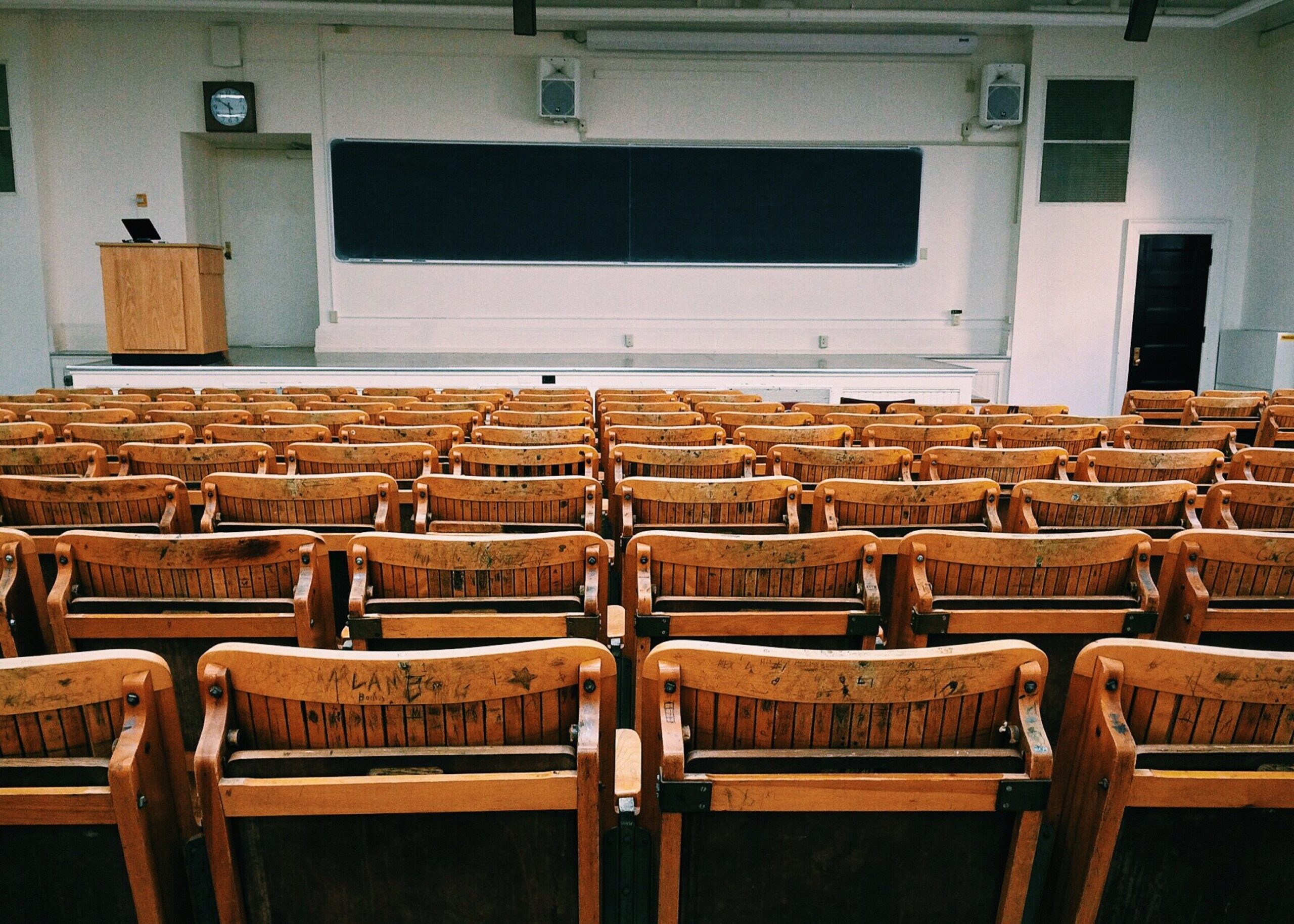There is a model called the learning pyramid, which provides a hierarchy of the different methods of their instruction, listed by the average information retention rates of students when the instructor utilizes these methods. At the top of the pyramid is lecturing, which offers a puny retention rate of 5%. If we reflect for a moment, that number is probably about right. How of us could sit and watch a presentation on difficult material and then recall more than a fraction of it the next day? As the model suggests, lecture offers only auditory engagement to students, of limited impact. If the student has auditory processing issues, or simply doesn’t learn centrally through the auditory medium, they will likely struggle to get even 5% of the information consolidated. Yet some teachers and professors still rely almost exclusively on this method of transaction, despite its inefficiency and relative pointlessness.
The next tier down, those methods that involve both auditory and visual engagement include reading (10%), audio-visual presentation (20%), and demonstration (30%), with retention rates listed respectively. Reading is of surprising little value in retention, which is probably why teachers push note-taking and annotation so assertively. If we simply read a text of challenging information and do nothing else, it will be difficult to recall more than a fraction of that information the next day. If instructors don’t push these methods, reading is virtually of the same little value as lecturing. Assigning the reading and doing nothing else, as is frequently the case in higher education, assumes that the student will make these efforts themselves, but they overwhelmingly do not.
The final tier of the pyramid, constituting its bottom is the mediums which involve kinesthetic learning, or ‘learning through doing.’ Discussion (50%), Practice Doing (75%) and Teaching (90%), all offer retention values that are infinitely higher than the methods mentioned above. “Practice Doing” is a relatively simple matter for a subject like math, with practice problems, or even a humanity, like English, though I would suggest that an overwhelming amount of focus in the humanities is devoted to the former methods, like lecture and reading. The simple reason is that evaluating the “practice” working in humanities, typically writing, is tedious and accumulates a distaste for life itself over the course of a career…
What sticks out to me most in this category though is the learning through teaching medium with a 90% retention rate. In practice, this was true for me. I never learned to write until I was asked to explain to others how to do it. I was no longer able to remain in ignorance about any facet of it. Charged with tutoring 20 freshman at Dartmouth with basic writing fundamentals, passive learning on my part was not an option. The rules I didn’t know, I had to look up, the structures to be invented, I needed to invent. Whereas before I admittedly coasted by on a combination of previously learned skills, extemporaneous thought, and charm, now, put in the position of “teacher,” that simply wouldn’t do it anymore.
These categories and numbers represent averages and estimations, of course, but they suggest the extreme efficiency of certain forms of instruction. but crunching the numbers for theoretical value, it’s about 3 times as valuable to have a student present something to the class than to demonstrate it to the, and 18 times more valuable than lecturing at them! In other words, it would take eighteen hours of lecture to accomplish what you could in one of reversing the roles, so to speak.
So the question becomes… if it is of such extreme value, why don’t instructors do this more often? The simple answer is that seems to passive. The expectations for the traditional role of “teacher” is that one must be wise and plant knowledge in the mind of youth, to indoctrinate them in the philosophical ways of the world. Kicking back and enjoying a lecture from the student seems almost too easy, and yet… it’s 18 times as valuable. Few have the ego-strength to enjoy such acquiescence.
It has been adopted in some pedagogical models, however. One that springs to mind is the Harkness model invented at Phillips Exeter Academy. The model involves a passive role by the instructor who guides activities from an extraneous vantage point outside of a circular table rather than leads activities. The students then take on more of a teaching role with each other. It always seemed strange that the teachers were so uninvolved, but I now have come to marvel at its simple brilliance.
For at its heart, the purpose of education is to educate… It’s a ridiculously self-evident claim, and yet anyone in education will quickly understand that much of the education in education becomes obscured– obscured by bureaucracy, by egotism, by politics, by personal agenda, and myriad peripheral distractions to the main purpose of instruction, to develop a student’s knowledge. While the connection between instructor and student is vital, and good teachers must have engaging personality, the nuance is that the most successful educators are not educators at all, but observers. Good instructors are students.






